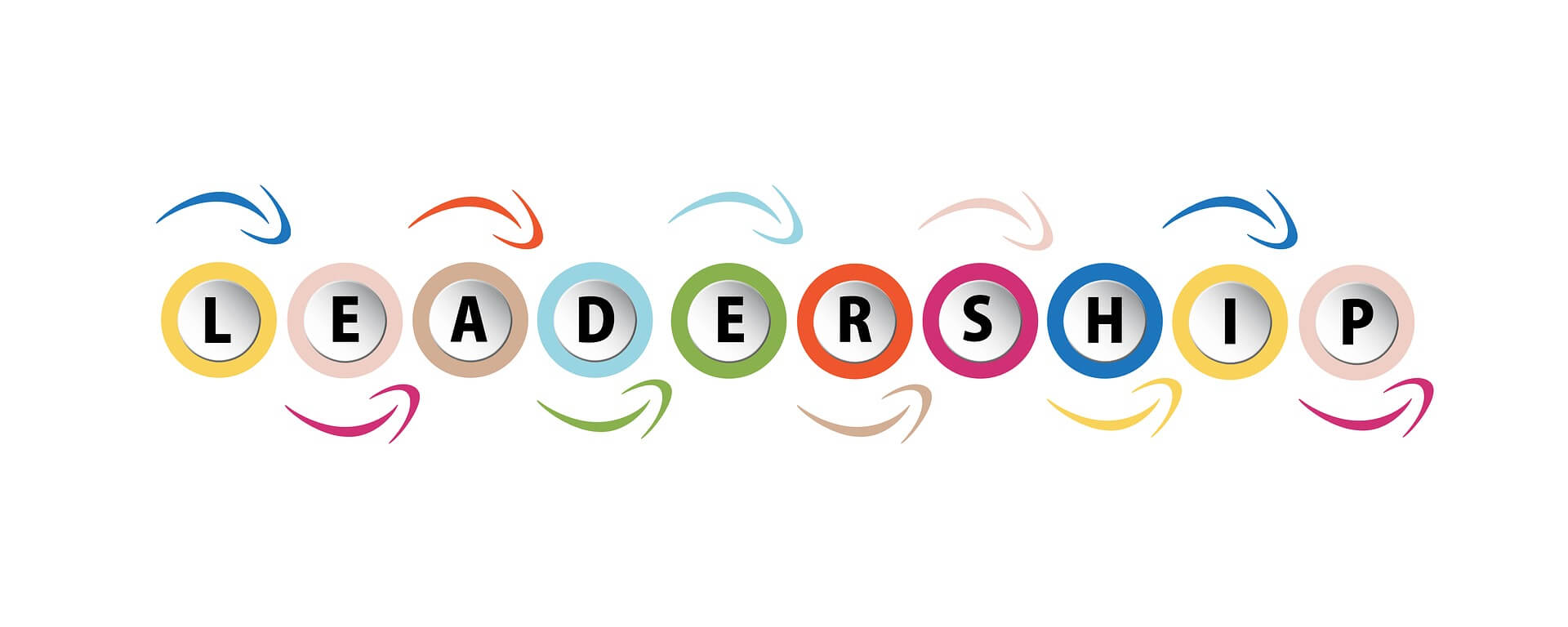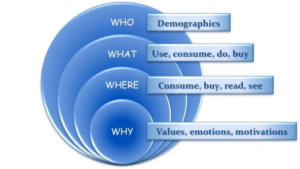Did you know that the average tenure of a Head of Marketing continues to fall, reaching just 41 months according to the latest Spencer Stuart research published by the WSJ?
It is still one of the shortest average terms of office of any chief in the C-suite, according to a recent report by Korn Ferry. But one piece of good news in the past year is that although conditions for CMOs have become more difficult since the coronavirus pandemic, “In many cases, CMOs are not being removed, but it’s been pretty dramatic layoffs beneath them” said Greg Welch, practice leader for marketing, sales and communication at Spencer Stuart.
So just how long have you been in your position?
The Bad News
A global survey by the Fournaise Marketing Group provides one possible explanation for the continued decline in tenure. It highlights the ongoing tensions between CEOs and CMOs. A huge 80% of CEOs don’t trust or are unimpressed with their CMOs, compared to just 10% for their CFOs and CIOs. Why is this?
Perhaps it’s because CEOs don’t understand the role of a CMO or is there still an issue with the ROI of the marketing budget? I’ll let you be the judge of this in your own situation.
Another piece of research by HubSpot reported that Marketing as a career suffers credibility issues as well. It ranked the most trustworthy jobs, with Doctor ranking number one and near the bottom, just above Car Salesman and well below Barista, was “Marketer”. Car salesmen? Really? That is scandalous!
The Opportunities
Let’s start at the beginning. What opportunities are there, for marketers to keep their jobs? Despite the short lifespan of a CMO, and while the position is plagued by high turnover, this could also be because CMOs are highly visible.
Therefore they can be targets for promotions or a steal by their industry competitors. Nice to feel wanted, isn’t it?
It is understandably important that a new CMO quickly makes an impact. More so than any other c-suite function, bar the CEO of course, who sometimes faces almost immediate criticism by shareholders and the financial world, upon being named.
Another piece of good news for the head of the marketing function is that being on the executive board they have access to resources. The bad news is that as the CMO is a member of the EB, management expects them to make (profitable) changes fast.
And even more so if they have just been hired! The board trusts the new CMO to analyse the situation, identify what needs to be done, develop the plan to do it and then take actions. And all of this in their first 3 months or so!
Are you or have you yourself ever been in exactly this situation? If you have, then you understand how tough it is, don’t you?
That’s why many CMOs hire a supportive advisor or sounding board such as myself to accompany them on this stressful early part of their … Click to continue reading


 The first “P” stands for people and often this is taken to be “Do you know to whom you are selling?” The answer is always yes and that’s accepted as sufficient.
The first “P” stands for people and often this is taken to be “Do you know to whom you are selling?” The answer is always yes and that’s accepted as sufficient.
 OK I’m starting off slowly, but do you know who your customers are? Not who uses your category, but who the people are that actually buy your product or service today? How much do you really know about them?
OK I’m starting off slowly, but do you know who your customers are? Not who uses your category, but who the people are that actually buy your product or service today? How much do you really know about them?

